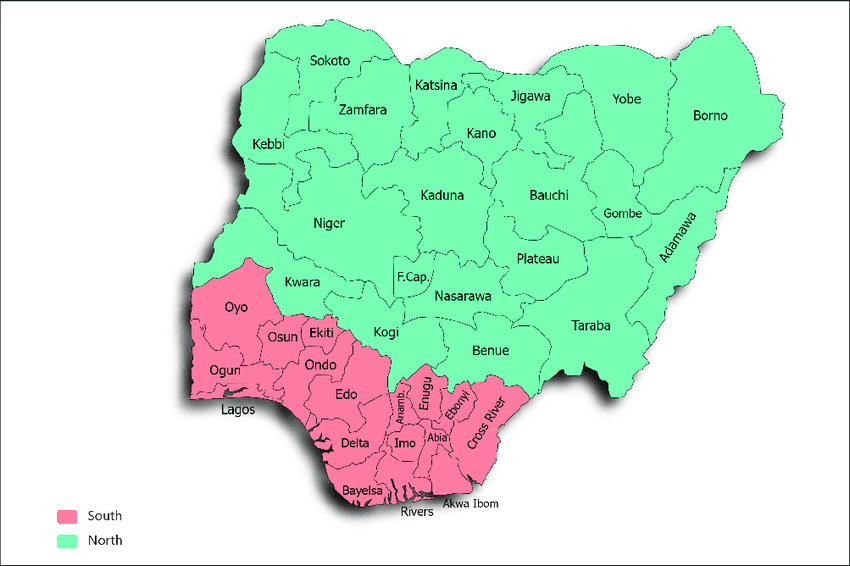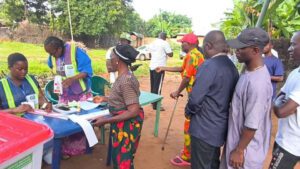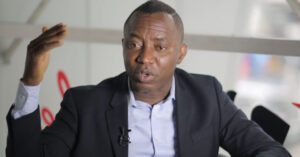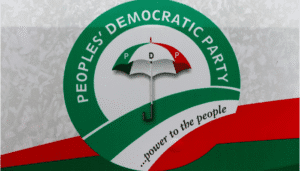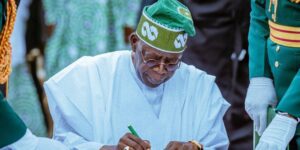A recent review of budget performance in select Nigerian states for January to September 2024 (Q1–Q3) revealed that none of them achieved a 60% budget execution rate. This underperformance occurs as states prepare substantial appropriations for the 2025 fiscal year.
Underwhelming 2024 Budget Performance
Katsina State allocated ₦481.7 billion for the 2024 fiscal year but spent just ₦216.4 billion, achieving a 44.9% performance rate. The state generated ₦29.9 billion in internal revenue during this period. Similarly, Jigawa State, with a budget of ₦383.5 billion, spent ₦174.8 billion, representing a performance rate of 45.6%, and raised only ₦18.4 billion internally.
Niger State’s performance was even lower, with a budget of ₦829.4 billion and actual spending of ₦252.2 billion, translating to 30.4%. Abia State reported a similarly low execution rate of 30.3%, spending ₦171.8 billion out of its ₦567.2 billion allocation, and recorded ₦22.1 billion in internally generated revenue.
Other states struggled as well, including:
- Anambra: 32.3% performance (₦132.5 billion spent out of ₦410.3 billion)
- Ondo: 52.3% performance (₦206.6 billion spent out of ₦395.2 billion)
- Oyo: 48.1% performance (₦210.9 billion spent out of ₦438.4 billion)
- Bauchi: 51.4% performance (₦202.9 billion spent out of ₦394.8 billion)
- Zamfara: 34.2% performance (₦145.8 billion spent out of ₦426.5 billion)
- Adamawa: 55.1% performance (₦154.8 billion spent out of ₦281.1 billion)
Akwa Ibom State reported the lowest performance, spending ₦228.7 billion out of its ₦849.9 billion budget, representing just 26.9%.
The Case of Niger State
Niger State, which plans a ₦1.5 trillion budget for 2025—a 48.3% increase from 2024—has drawn significant attention. In 2024, the state earned only ₦29.2 billion internally, covering just 3.5% of its budget. It relied heavily on the federation account (₦182 billion) and loans (₦79 billion) to meet expenditures, with borrowing accounting for 31.3% of its total spending.
The state’s reliance on loans is particularly concerning, given its history of underperformance. In 2023, Niger State allocated ₦473 billion but spent only ₦190.9 billion (40.3%). Internal revenue generated that year stood at ₦18 billion, covering just 3.8% of its budget. The state also borrowed ₦90 billion to supplement its spending.
As states gear up for ambitious 2025 budgets, questions remain about their capacity to meet these targets. The reliance on loans, coupled with low internal revenue generation and poor execution rates, poses significant challenges for fiscal sustainability.
For Niger State and others, balancing lofty appropriations with realistic execution strategies will be crucial in addressing ongoing budgetary concerns.
Stay tuned to 9am News Nigeria for more Breaking News, Business News, Sports updates And Entertainment Gists.

